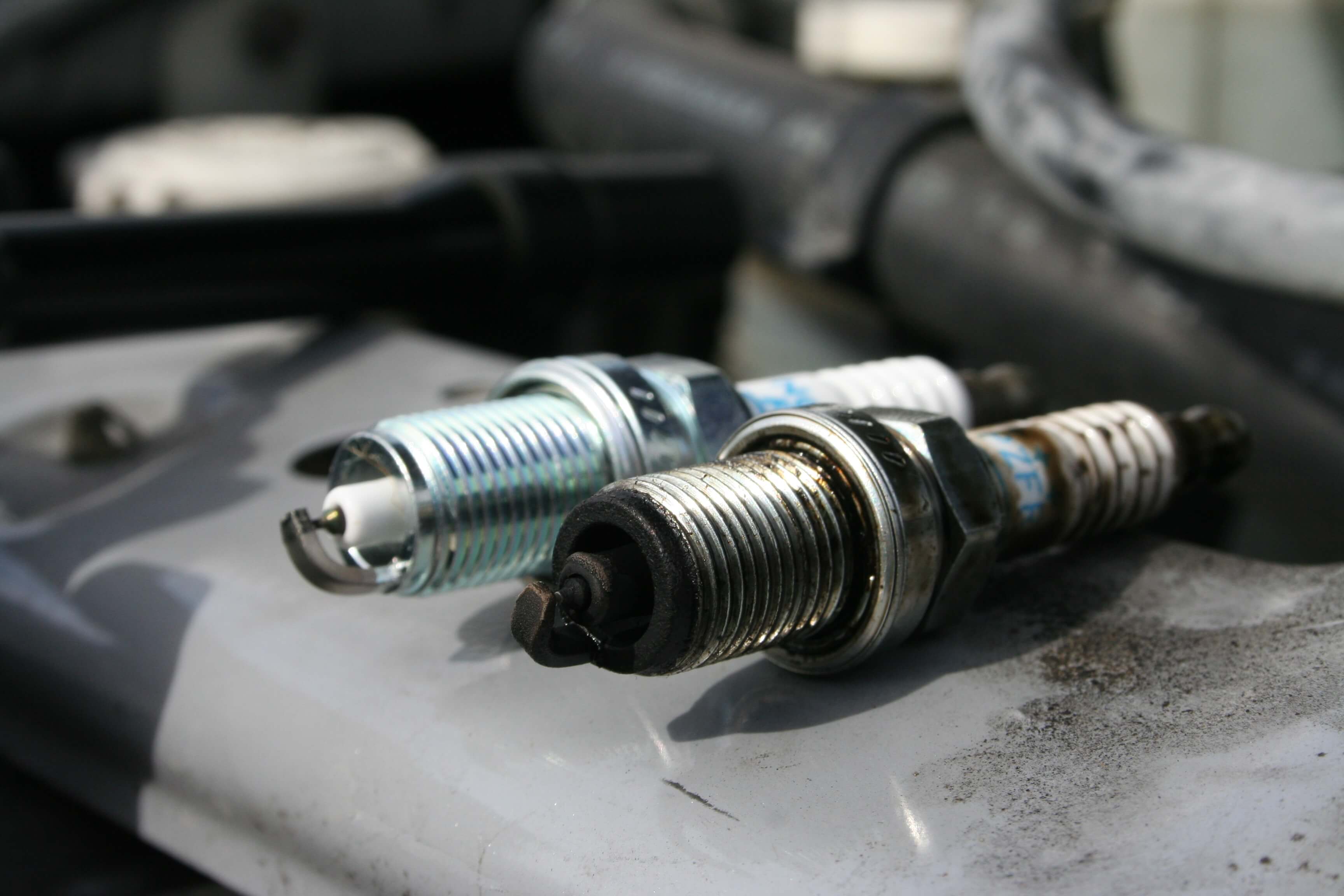An engine’s tune-up is often overlooked after it comes off the dyno. For Saturday night racers this is an important aspect of performance. There are several contributing factors when it comes to tuning your engine at the track. Weather parameters, such as relative humidity, air density, and temperature all play a part of how much fuel your engine will see while racing. As an engine tuner at the track we look at the spark plugs for help.
Imagine the spark plugs as eight little windows to your engine. You can look into these windows for help in understanding how your engine is performing on any given night. These suggestions are based on the assumption that you are running high octane leaded racing fuel. We have found that when we switched from leaded fuel to unleaded fuel the plugs are much harder to read because of the difference in the fuel deposits.
During your hot lap session, cut the engine off as close to where you’d normally lift at the end of a straightaway and coast in. Be sure it’s safe to do so. If your track’s layout isn’t conducive to safely doing a plug check, figure out a way to let other drivers know you’ll be doing it, including track officials and the flagman. You want to check your plugs, not test your roll cage’s integrity.
Once you’re back in the pits, remove all your spark plugs and place them in order so you know which cylinder they came from. You can buy a spark plug rack or make one by drilling eight holes in a block of wood. You will need a good spark plug reading light. The light is available thru most of your racing parts suppliers.
Before inspecting plugs that have been run in your motor, familiarize yourself with a new spark plug first. Hold the light and its magnifier close to the plug. Notice the color of the porcelain insulator that is around the center electrode and also the color of the ground strap.
Compare that with the plugs you removed from your engine. In a perfect world the porcelain insulator would appear as a clean dull white t-shirt with a shadow or ring of fuel deposits at the base of where it comes in contact with the metal spark plug body.
You’re probably not going to see that. Instead one of these signs will be present. If there’s no ring or coloration at the base that means not enough fuel is being distributed through the carburetor to the cylinders. If the insulator is shiny and the motor is still in one piece, consider yourself lucky. A bright white and shiny insulator is telling you that it is extremely lean and it desperately needs more fuel.
If your engine is too lean you may see evidence of piston erosion. This sometimes looks like small beads of mercury metal attached to the insulator. If this is present on your engine, permanent damage may be occurring to your pistons. More fuel is needed and possibly less timing. But your first step, provided your fuel delivery system such as hose diameter and pump operation, is appropriate is increase fuel most likely by going up in jet size. Then check timing. Plugs may have dropped a hint that there’s too much timing if the ground strap is turning green.
By: Steve Allen

